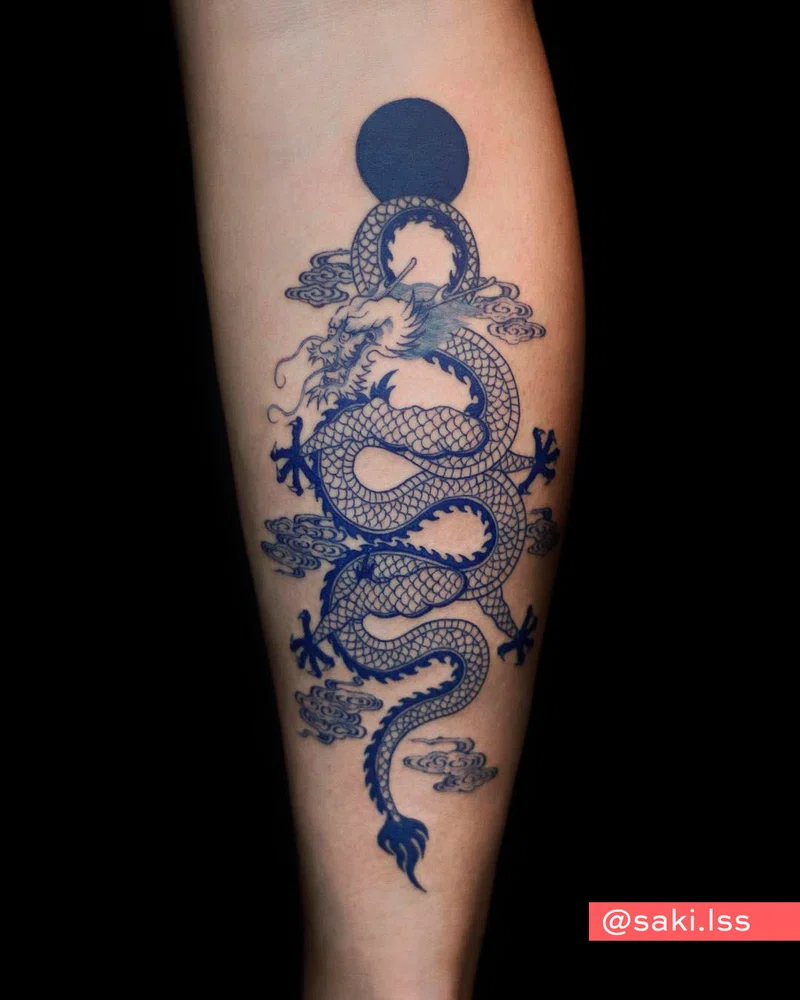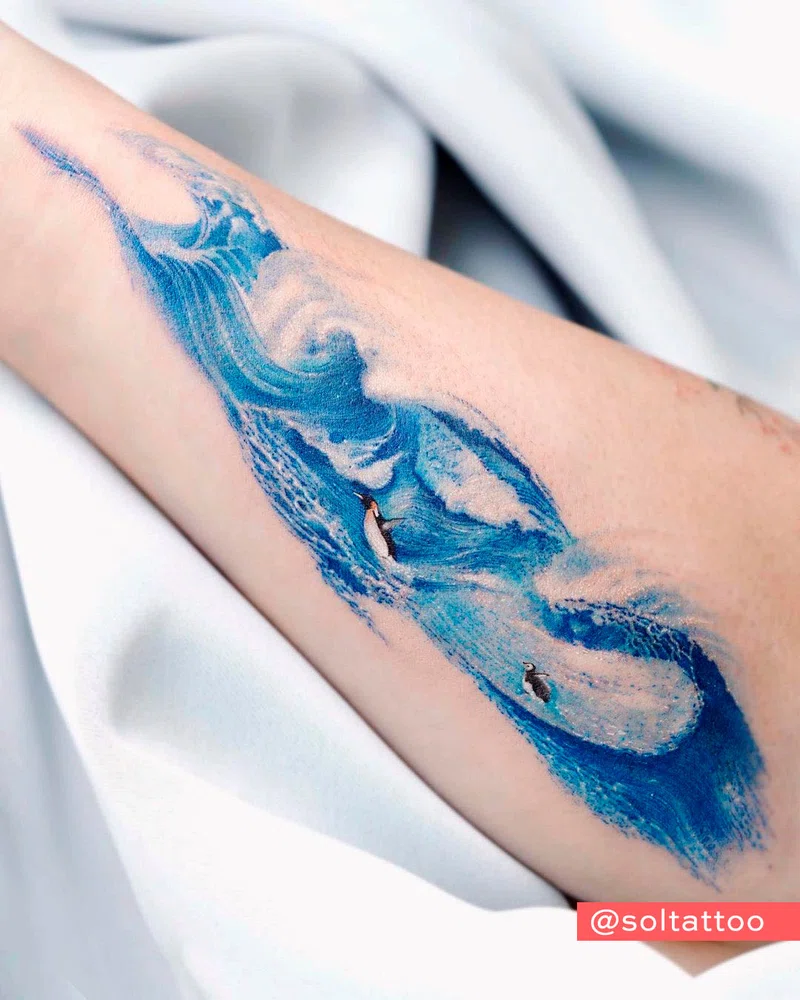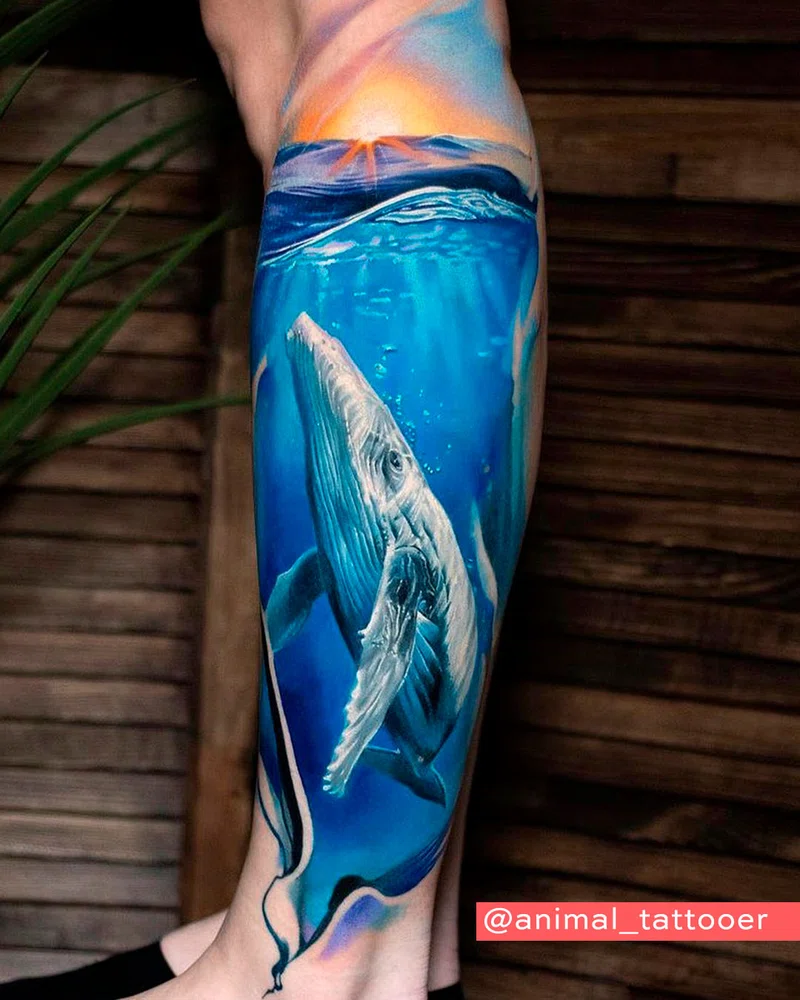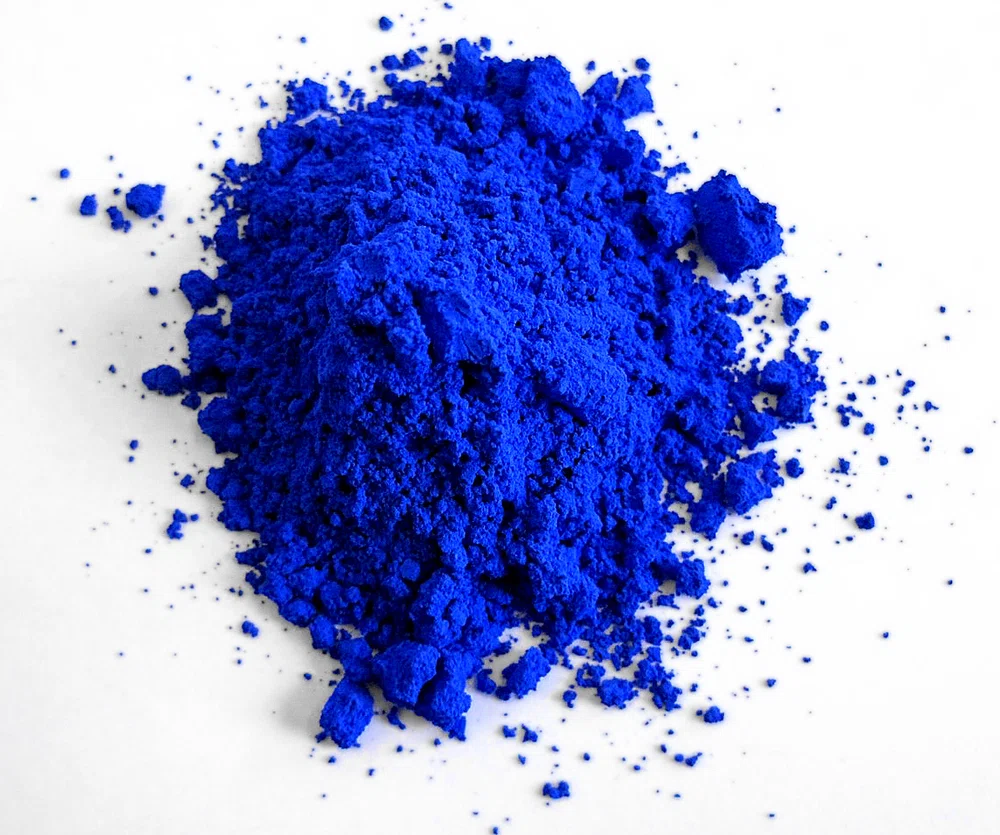Blue ink in tattoos: could it be banned?
Are there real risks when tattooing with blue ink?
29 May 2024
Some people think that red or white inks damage the skin. But... What happens with blue inks?
What does blue mean?
Blue is related to feelings of calm, tranquillity or loyalty. It is also associated with nature and water, but it can also represent cold and melancholy.
In the Western world, it is related to royalty, as well as to the masculine, but in countries such as Belgium it has a feminine meaning.
Blue is linked to immortality in some Asian cultures. In Hinduism, it embodies love and divine joy
Is blue ink toxic to the skin?
More and more people decide to get tattooed. Although black & grey has always been a trend, now colours are taking over. We can find designs combined with black or monochrome inks, and they’re quite cool.
On the social networks and blogs, you can find very interesting designs and artists of these styles.

Did you know that many inks could be banned?
Recently, the EU banned the use of the pigment Blue 15:3 and Green 7 because they contain toxic substances harmful to the body in very low percentages. However, it is believed that they may be linked to substances that cause cancer.
These pigments have been banned for external use, such as in cosmetics and hair dye products, so it is believed that when injected into the skin, the risks increase.
There is great concern because these pigments are around 60-70% of all other inks. Although there is no official data connecting them with cancer, they have been banned for being harmful in other ways.
This does not affect all inks, but it worries artists because they make up the most used colours such as violet, brown, nude colours or mixed shades.

And if there are no quick replacements, the risk of going underground is something to avoid at all costs.
In 2020, Michl Dirks and Erich Mahnert, two tattoo artists, petitioned to stop the ban to keep some pigments legal. The reason is that creating new pigments could take years of experimentation. In the petition, over 53,000 signatures were gathered to achieve and avoid problems with the tattoo industry.
Finally, the European Commission and the Member States agreed on a period of 24 months from January 4, 2023 to replace them with safer ones. Subsequently, brands will have to describe on their labels the components of their products and safety guarantee.

There are more than 4000 prohibited inks. If you are interested in knowing more, you can visit the website of the European Commission. Or Whatsmyink, where you will find an extensive list with chemical components and percentages in detail.
Although more research is needed, this is very helpful to be more aware of our consumption.
YInMn Blue, a new color
In 2009 at the University of Oregon, a new color was created inorganically, something that had not happened for the last 200 years.

It wasn't until 2017 that it was approved for industrial use. And since 2020 it is available.
Although currently the EU has not yet approved it for inks, as it is still being tested, in the US there don’t have the same regulation, so it could become a solution to the problem of Blue 15:3. However, it is still in the testing phase.
Is there a benefit to using blue inks?
It is not yet clear whether wearing blue inks is a fatal health hazard. In addition, Westlake Dermatology studies suggest that blue pigments are much easier to remove than white, red, yellow or orange inks, which take many more sessions to be erased, often with incomplete results.
Then, blue in tattoos, yes or no?
It is difficult to scientifically determine if the use of pigments can represent a real danger for the human body, but we must be aware and find safer alternatives.
So far, there are no evidences, but monochrome tattoos are becoming an increasingly visible and attractive trend.
Many artists are starting to use more and more colors, so it is important to be informed about these developments.
At 10 Masters, we keep up to date and help you get rid of all those concerns.
So, stick around if you want to know more about the fascinating world of tattoos.
Have you experienced tattooing with blue yet?
Being aware of the composition of the inks you work with is essential not only to avoid unexpected reactions on the skin, but also to know their density and at what voltage it's best to tattoo.
The good news is that within the MasterCourse: Realistic Tattooing in Color, Coreh López teaches you how to tattoo a wide range of colors using 5 different techniques.